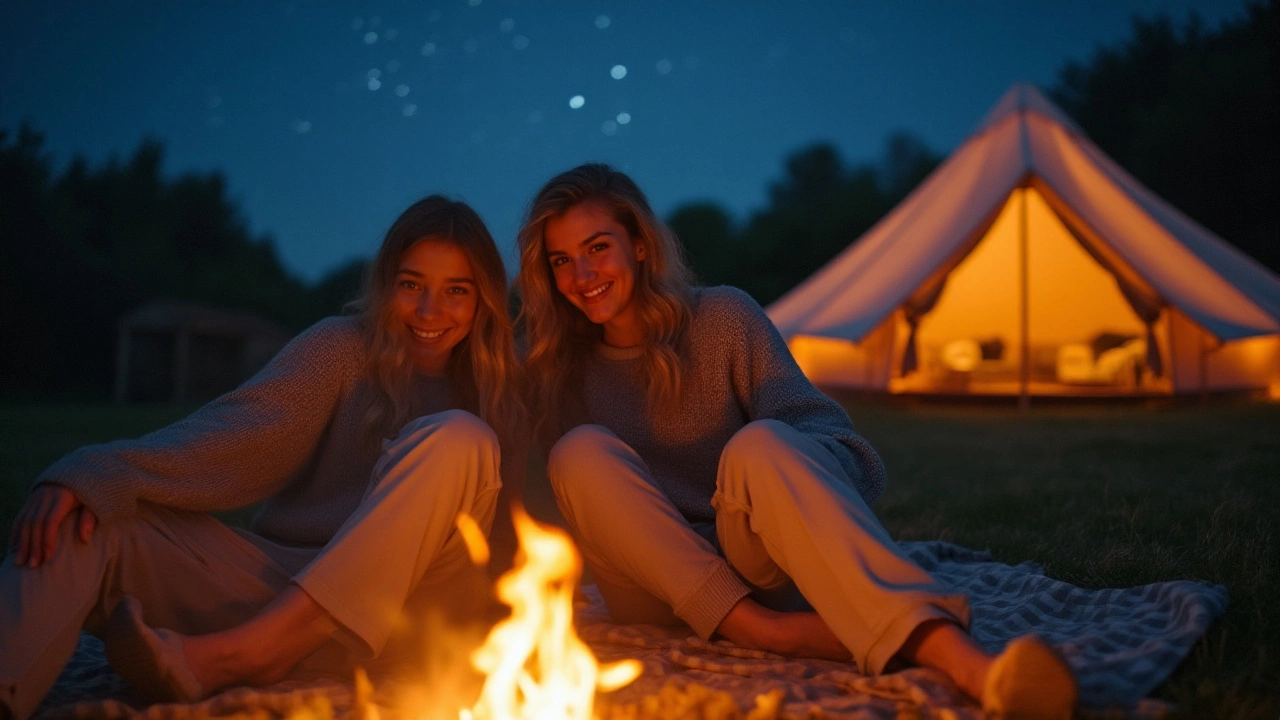
Camping Pajamas – Sleep Good in the Wild
When you’re out on the Scottish hills or any campsite, a good night's sleep can make or break the trip. Regular pajamas often aren’t up to the challenge. That’s why camping pajamas exist – they’re built for chilly nights, damp air, and the occasional bug bite. In this guide we’ll show you what to look for, how to pack them, and why they’re worth the extra space in your bag.
Why Choose Camping Pajamas?
First off, camping pajamas use fabrics that hold heat better than cotton. Think merino wool, fleece blends, or synthetic microfibers. These materials trap air, keeping you warm without making you sweat. They also dry quickly if a night’s rain gets them damp. Unlike regular sleepwear, they’re designed to be breathable, so you won’t wake up feeling overheated.
Another benefit is durability. Campsites can be rough – you’ll be moving around, sitting on the ground, and maybe even sleeping on a sleeping bag. Camping pajamas are reinforced at seams and often have flatlock stitching that won’t chafe. That means fewer holes and longer life, especially if you travel often.
Choosing the Right Pair
Start with the material. Merino wool is a top pick because it’s naturally odor‑resistant and works in a wide temperature range. If you’re on a budget, look for fleece‑lined polyester; it’s cheap, warm, and dries fast. Avoid pure cotton – it holds moisture and can leave you cold.
\nFit matters too. You want enough room to move, but not so loose that cold air slips in. A relaxed‑fit leg and arm style works best. Some designs have elastic cuffs or drawstrings to seal in warmth. Also check the length – longer legs cover more of your sleeping bag and reduce drafts.
Think about extra features. Many camping pajama sets include zip‑up tops, pockets for a phone or flashlight, and reinforced knees for sitting on rough ground. A zip‑off sleeve option can be handy if the weather warms up during the night.
When you pack, roll the pajamas tightly to save space and reduce wrinkles. Slip them into a dry bag or the outer pocket of your backpack so they stay dry if your gear gets wet. If you’re traveling to Loch Ness, pack a spare pair in case you get caught in the misty evenings.
Don’t forget care instructions. Most camping pajamas are machine‑washable on a gentle cycle, but using a low heat dryer or air‑drying will keep the fibers in good shape. A quick wash after a muddy night will keep them fresh for the next adventure.
Bottom line: investing in proper camping pajamas means you’ll wake up rested, ready to explore the lochs, hills, or forest trails. They’re a small addition to your gear list that delivers big comfort gains. So next time you plan a night under the stars, make sure your sleepwear is up to the task.
